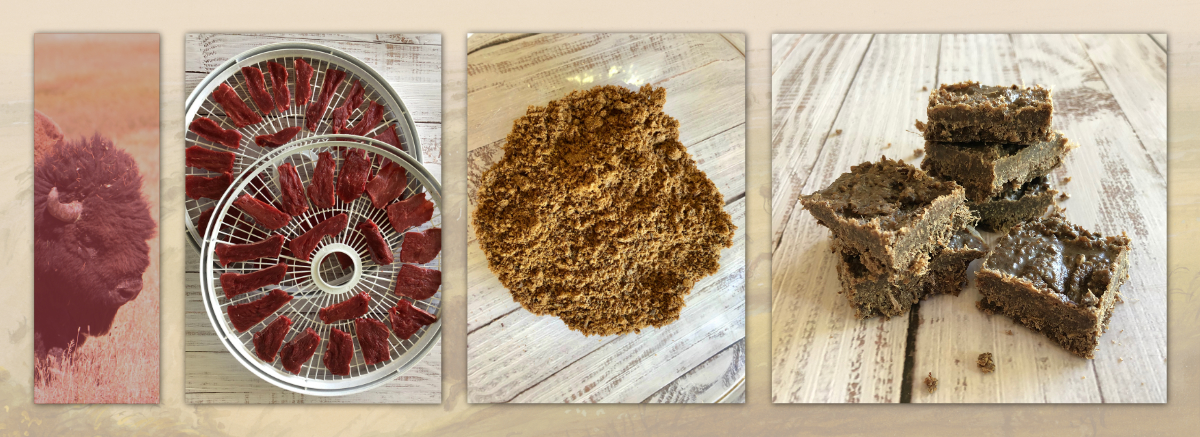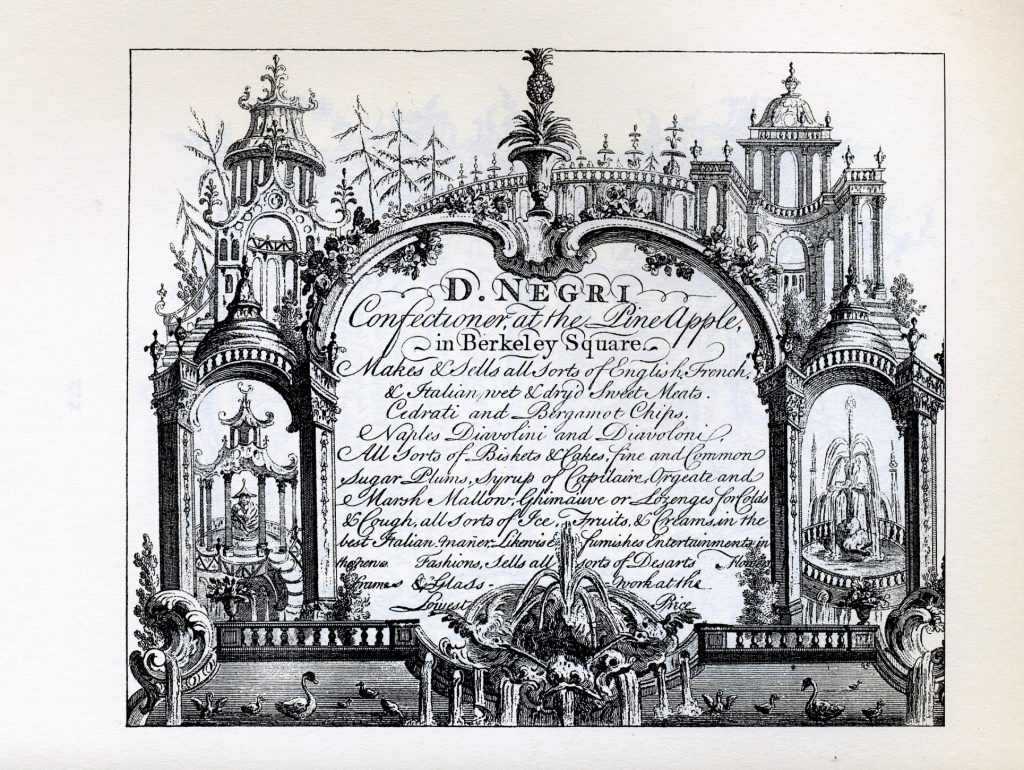Have you had bison meat before? I recently tried it for the first time when I learned how to make bison pemmican.
What Is Pemmican?
Pemmican is a Native American survival food that is high-energy, high-calorie, but low-volume. Native Americans used a variety of meat to make pemmican including bison, deer, moose, elk, and salmon. For the Plains Indians who lived on the vast grasslands between the Mississippi River and the Rocky Mountains in today’s United States and Canada, bison was a primary source of meat.


